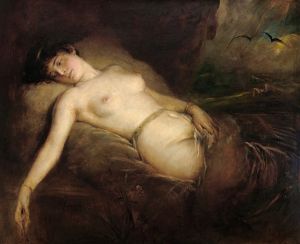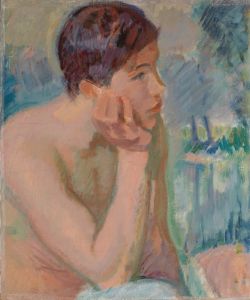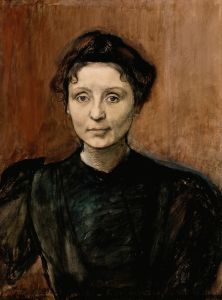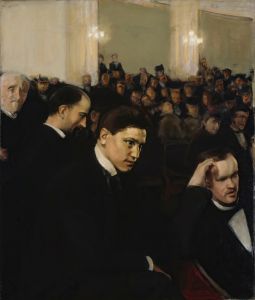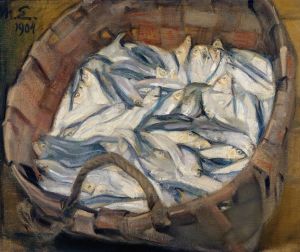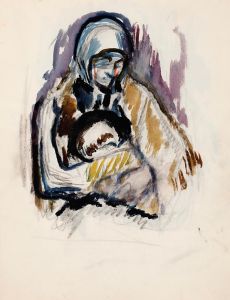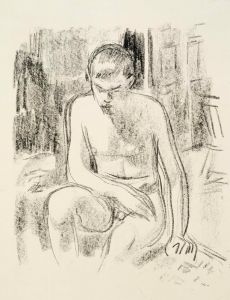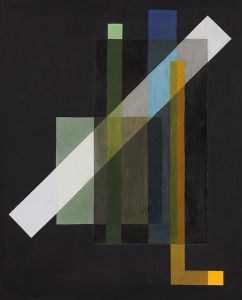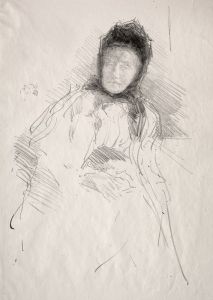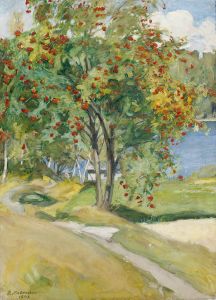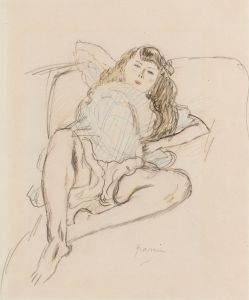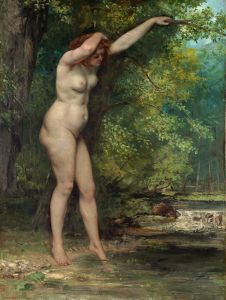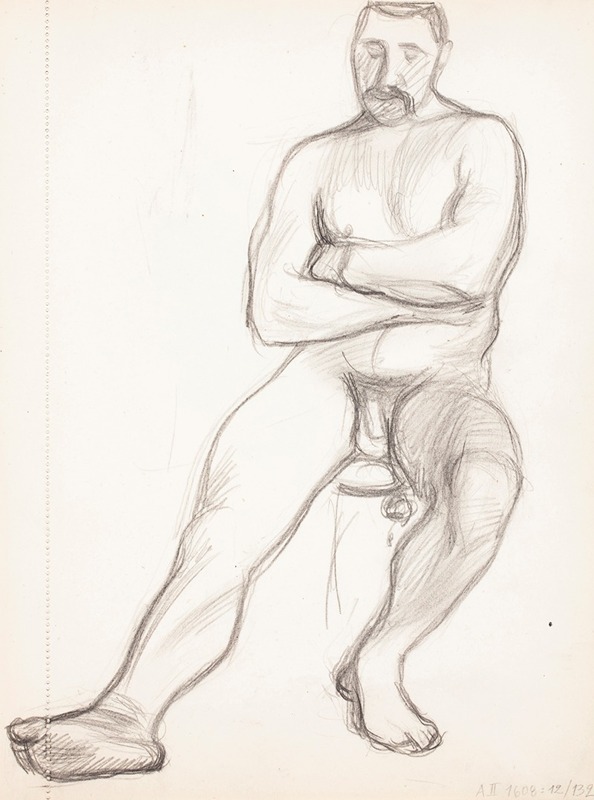
Istuva alaston mies, luonnos
A hand-painted replica of Magnus Enckell’s masterpiece Istuva alaston mies, luonnos, meticulously crafted by professional artists to capture the true essence of the original. Each piece is created with museum-quality canvas and rare mineral pigments, carefully painted by experienced artists with delicate brushstrokes and rich, layered colors to perfectly recreate the texture of the original artwork. Unlike machine-printed reproductions, this hand-painted version brings the painting to life, infused with the artist’s emotions and skill in every stroke. Whether for personal collection or home decoration, it instantly elevates the artistic atmosphere of any space.
Magnus Enckell (1870–1925) was a Finnish symbolist painter known for his contributions to Finnish art during the late 19th and early 20th centuries. One of his works, Istuva alaston mies, luonnos (translated as Seated Nude Man, Sketch), is a study that reflects his interest in the human form and his exploration of symbolism and naturalism.
This sketch, as the title suggests, depicts a seated nude male figure. It is considered a preparatory work, likely created as part of Enckell's artistic process to study anatomy, posture, and the interplay of light and shadow on the human body. The artwork showcases Enckell's skill in capturing the subtleties of the human figure, emphasizing simplicity and introspection, which are hallmarks of his style.
Enckell was a central figure in the Finnish art scene and a prominent member of the Symbolist movement. His works often explored themes of spirituality, human emotion, and the connection between the physical and metaphysical. During the early stages of his career, Enckell's art was characterized by a subdued palette and a focus on quiet, contemplative subjects. Later, his style evolved to incorporate brighter colors and more dynamic compositions, influenced by his travels and exposure to other European art movements.
The exact date of creation for Istuva alaston mies, luonnos is not definitively documented, but it is consistent with Enckell's early works, which often featured studies of the male nude. These studies were not only exercises in technical skill but also reflected the Symbolist interest in the idealized human form as a vessel for deeper meaning.
Enckell's approach to the nude was notable for its sensitivity and lack of overt eroticism, focusing instead on the purity and universality of the human figure. This perspective aligned with the broader Symbolist movement, which sought to transcend the material world and delve into the realms of emotion, spirituality, and the subconscious.
The sketch is an example of Enckell's dedication to his craft and his ability to convey a sense of stillness and introspection through minimalistic compositions. While it is a lesser-known work compared to his larger, more finished pieces, it provides insight into his artistic process and his focus on the human form as a central subject in his oeuvre.
Further details about the current location or ownership of Istuva alaston mies, luonnos are not widely available in public records. However, it remains an important part of Enckell's body of work, illustrating his technical skill and his philosophical approach to art.





